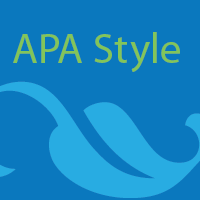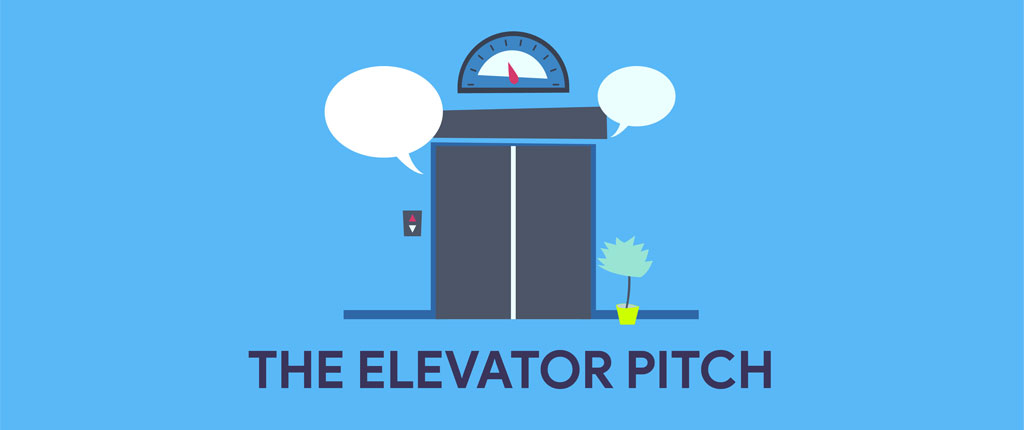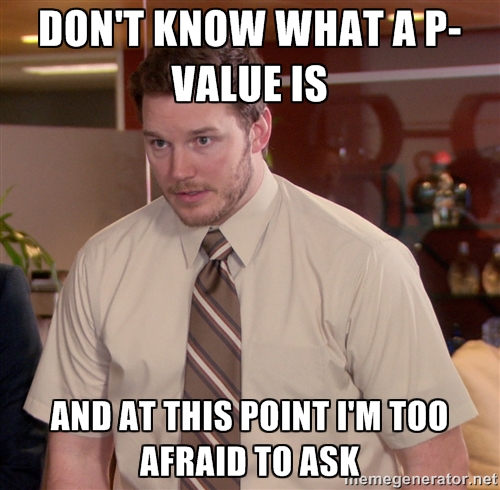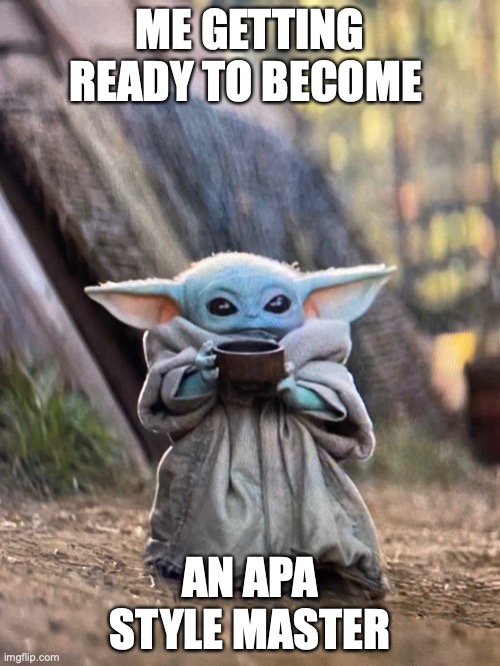Article: Benefits of Mixed Methods (or Why You Should Include Qualitative Methods in Your Research)
This article “The Benefits of a Bigger Toolbox: Mixed Methods in Psychological Research“from the Psi Chi Journal of Psychological Research was written by Debi Brannan Western Oregon University and advocates for integrating quantitative methods with qualitative methods. The article describes: What Are Mixed Methods? Benefits and Challenges of Mixed Methodology, Data Collection Strategies, and the […]











